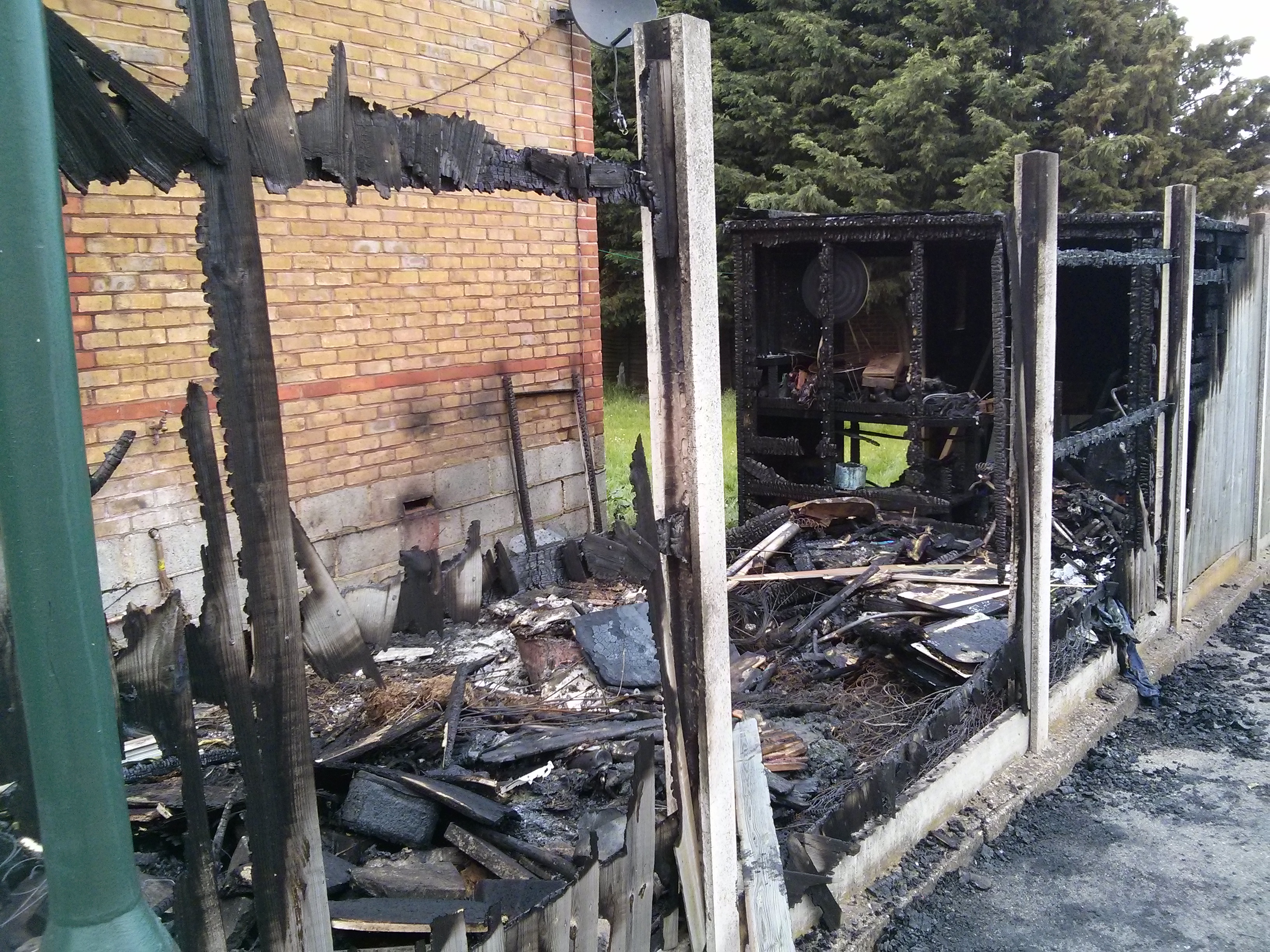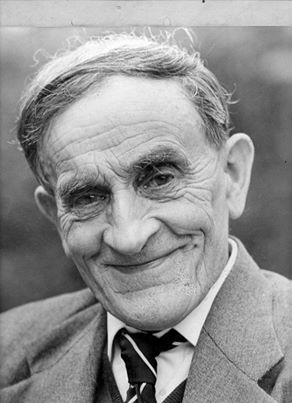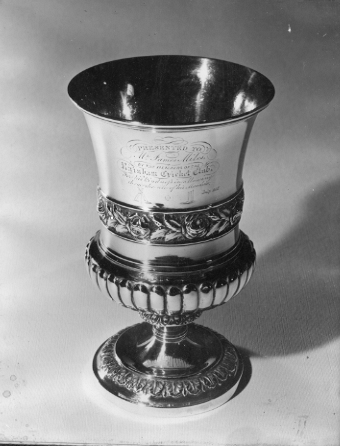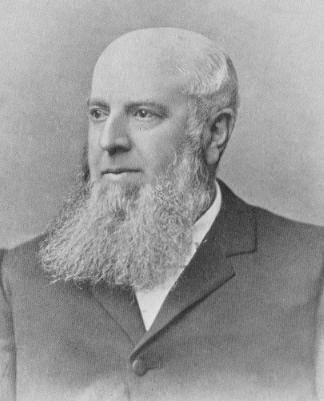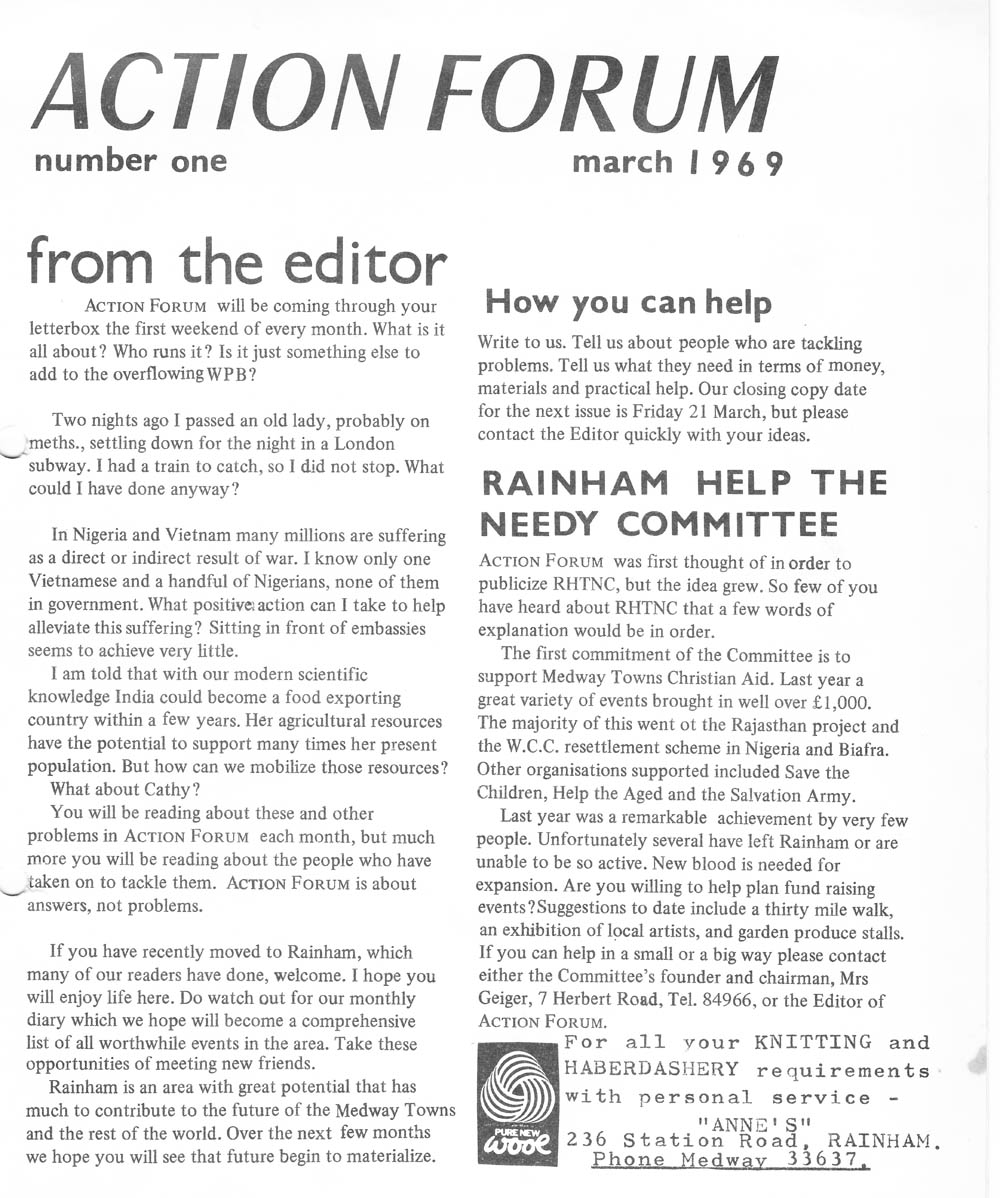A History of The Three Sisters Public House
A History of ‘The Three Sisters’ Public House
With the coming of the brickfields to lower Rainham in the mid-19th century which required a large number of men to do hard physical work, the construction of The Three Sisters in 1863 came as no surprise. Throughout the second part of the 19th century and into the 20th century brickfield workers regularly drank in the pub and some even lodged there. This contributed regular business which is probably a major reason why the pub survived while the Anchor & Hope and the Lord Stanley at Otterham Quay eventually closed.
There are several theories about how the pub acquired its name but the exact reason is unknown. The first of these is connected with three sarsen stones which are situated at the south west corner of the pub. These mark the footpath that passes through Natal Farm. Secondly, there were once three beacons situated on the marshes to guide shipping that were known as The Three Sisters. Another theory is that the pub was named after the three Hubbard sisters who lived in a nearby cottage during the 19th century.
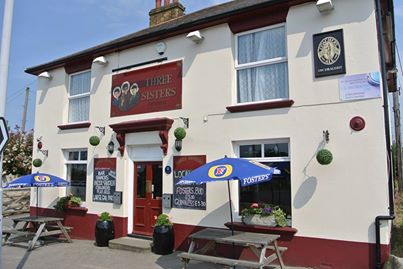
George Freeman served as the first publican of the Three Sisters with his wife Ellen who originated from Ireland. In 1871 his niece Frances Sarden and a lodger named William Lacy also lived there. George Freeman’s name appears on the 1861 census list as publican of the Anchor and Hope pub in Otterham Quay where he worked before taking on The Three Sisters. By 1881 George Clark had taken over and he remained there until the 1890s. Bill Edmunds then took over with his wife Rose and two children William and Rose. Bill Edmunds, a short, stocky man with bushy black eyebrows and a mustache became well known in the area and became a prominent member of Rainham Cycle Club whose headquarters were based at the Green Lion Inn in Rainham High Street. While serving as publican at the Three Sisters he organised regular excursions to the seaside and short cycling trips for customers.
During the 1890s ‘The Jolly Brickmakers club’ became established in the pub. Members contributed money so that social trips could be organised to different locations. Many trips took place including one to Yalding in 1894. Concerts were also held at the pub in aid of needy parishioners. In August, 1899 a smoking concert raised £4 for blind parishioner Richard Turrell from Otterham Quay.
In 1900 brickfield workers like Richard Parr and Fred Wilkman lodged at the pub along with a servant named Edith Wills who helped out in the building. Landlord Bill Edmunds who had made a big contribution to the pub while managing it died prematurely from pneumonia aged 40 in 1902.
After the death of Bill Edmunds Henry Tassell took over as publican in the period leading up to the 1920s. He married the former landlord’s widow Rose and they had two children named Alec and Ethel. Alec became a well-known cricketer with Upchurch and Rainham cricket clubs and a bricklayer with E.C. Gransden Ltd. William Edmunds, son of the former publican of the same name also played cricket for Upchurch and became landlord during the 1920s. When he left Albert Roche and his wife Caroline arrived. They were succeeded by Ernie Huseman and his wife Eleanor during the 1930s and 1940s.
During the 1960s brickfield workers, foreign seamen from Otterham Quay and locals continued to patronise the pub with characters like Bill Richardson who lived nearby in a bungalow. He personally constructed it single handed over more than a decade. ‘The Keg Boys’ from Rainham with members like Stan Peace, Neville Huggins, Colin McGregor and Colin Chapman also periodically drank there along with other locals.
Robert Moulton and his wife Margaret became long serving landlords at the pub until the 1970s but with the closure of the brickfield trade from brickfield employees ceased and the pub had to rely on a hard core group of locals to keep the pub going.
One of the most popular landlords and innovators at the pub, a former talented local footballer named Mick Harris, resided there during the 1980s to the mid-1990s. A very outgoing, sometimes outspoken and lively individual, he encouraged a younger clientele with discos and music nights and proved to be a very popular landlord with large numbers of customers attending at weekends. In 1997 Sue and Graham Fry took over and they stayed until 1999.
Sally Godden who is a familiar local figure in the equestrian world now runs the pub which is known to many customers as ‘The Six Tits.’ The pub has a regular band of drinkers, it serves food and hosts regular, live weekly music with Karaoke nights. Singers and musicians like Mickey Blue Eyes, Annie Love and Lisa Mills perform there. With a main bar at the front, a functions room and a beer garden at the back, oak beams on the ceiling, an open fire in winter and pub games like pool, darts and cards, The Three Sisters remains a popular pub in the area and has developed a new image compared to the old days when it attracted brickfield workers.


















































































































































